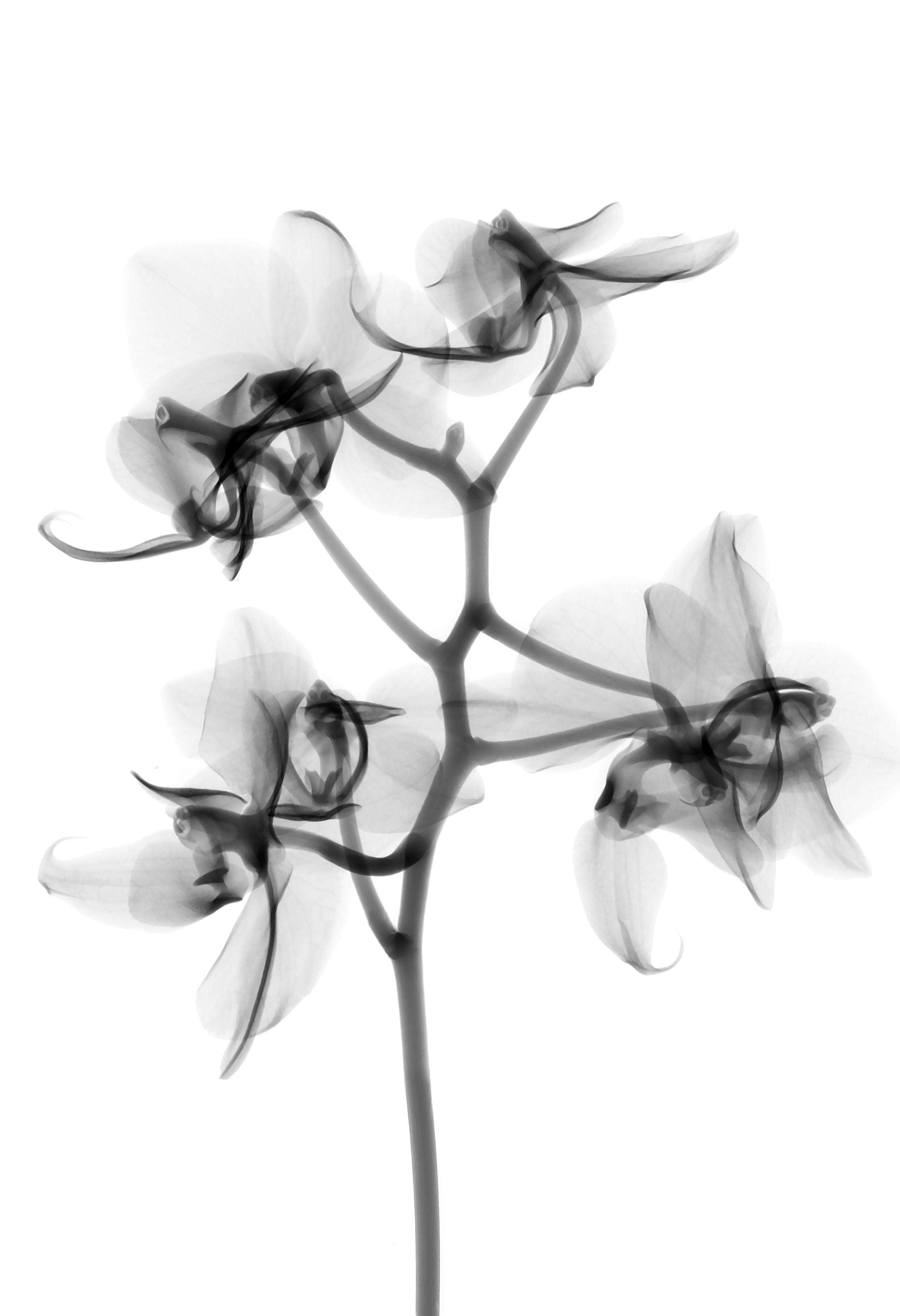Topic
Life sciences in general, and particularly biology, are experiencing a revolution due technological innovations that allow easy, efficient, and comparatively unexpensive data acquisition. For instance, the advent of deep sequencing technologies (also termed "High Throughput Sequencing" or "Next Generation Sequencing") in 2005, has not only boosted the volume of data produced, but also stirred hundreds of new uses of (new types of assays based on) sequencing. With these, life scientists can now obtain in a single experiment enough sequences to reconstruct an entire Human genome sequence. Similar technological breakthroughs also arise in imaging or in bio-logging.


